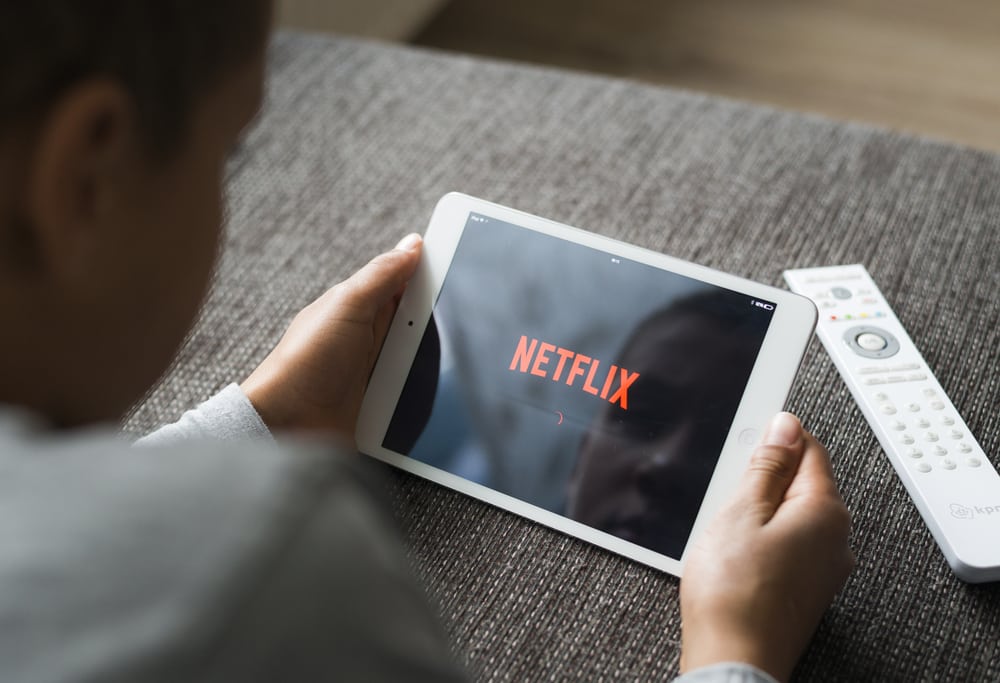WEC 2018: SVODs Not the Enemy of Pay-TV

Instability in pay-TV through the evolution in video has been at the top of concerns across cable, but the fall in subscribers isn’t totally unexpected considering other shifts in the US. Industry researchers are finally getting the chance to look back and decipher when consumer behavior began to change.
“A lot of what’s going on is no one really knows what the rules are anymore,” Brett Sappington, senior director of research at Park Associates, said at NCTC’s Winter Educational Conference. “Today, our figure is about 81% with pay-TV through all US households. There’s been a falloff over time. The question is why, what happened?”
Looking back at when pay-TV was at its peak in 2011 and 2012, Sappington pointed to the rise in pay-TV prices for consumers as the start of the shift. When more options such as Netflix and Hulu became available, the draw led to the start of the increased cord-cutting.
“Another thing you have is economics,” Sappington continued, noting that college students unable to find jobs were oftentimes moving back home and did not have the ability to pay for luxuries such as pay-TV subscriptions.
“You had this generation of young consumers who grew up maybe not having pay-TV in their household,” Sappington noted. “We call that the ‘cord-never’ crowd.”
Cord-nevers are fascinating to cable providers, standing apart from their cord-shaving and cord-cutting cousins. The group is unique in that as soon as one subscribes to any sort of pay-TV service, they can only ever be a cord-cutter if they choose to leave.
“It can only grow as fast as the rate of growth of new households,” Sappington said.
Giving some attention to the cord-cutters, rates were seen to rise dramatically when consumers were moving into a short-term living situation. Not settling in for a longer period of time drove these consumers away from making investments in pay-TV.
It’s these kind of consumers, along with the cord-nevers, who are dedicating themselves completely to SVOD services like Netflix, Hulu and Amazon Prime. And they’re not just investing in one: 36% are choosing to subscribe to two or more, according to Hub Entertainment Research president Peter Fondulas.
“We see this important trend in the way people are using these services together as opposed to in competition with each other,” Fondulas said.
There is still hope that even the most dedicated SVOD lovers could make the switch. Fondulas noted that there are opportunities for linear television providers to take advantage of these online services, as consumers watch past episodes online before watching the new season of a show as it airs.